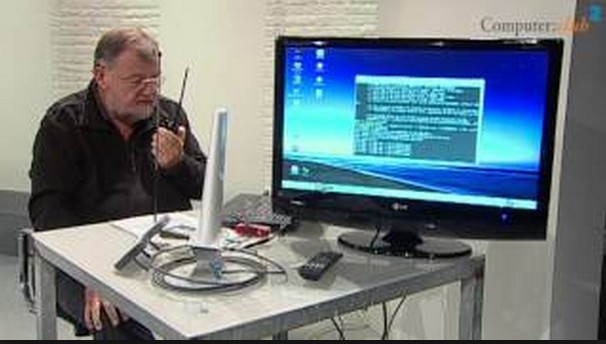- Definition __________________ Wikipedia USR article
- LIME Board ________________ Lime LMS7002m
- Raspberry Project ____________ BladeRF
- USR Kit ____________________ Software Defined Radio Kit Gsm
- USR Receiving _______________ RTLSDR
- USR Receiving History ________ history and discovery of rtlsdr
- USR Receiver Dongle __________ R820T Dongle Only
- USR Receiver Dongle/Antenna Kit $20 Kit from Amazon
- USR Ham Radio Kit ___________ R820 Ham Radio Receiver
- USR Ham Radio ______________ NooElec Ham It Up V1.2 Bundle with Reviews (and set-up demo video)
- USR ?

a USR user.
More information about SDR (Software Defined Radio) can be found in my articles 58 and 162.
